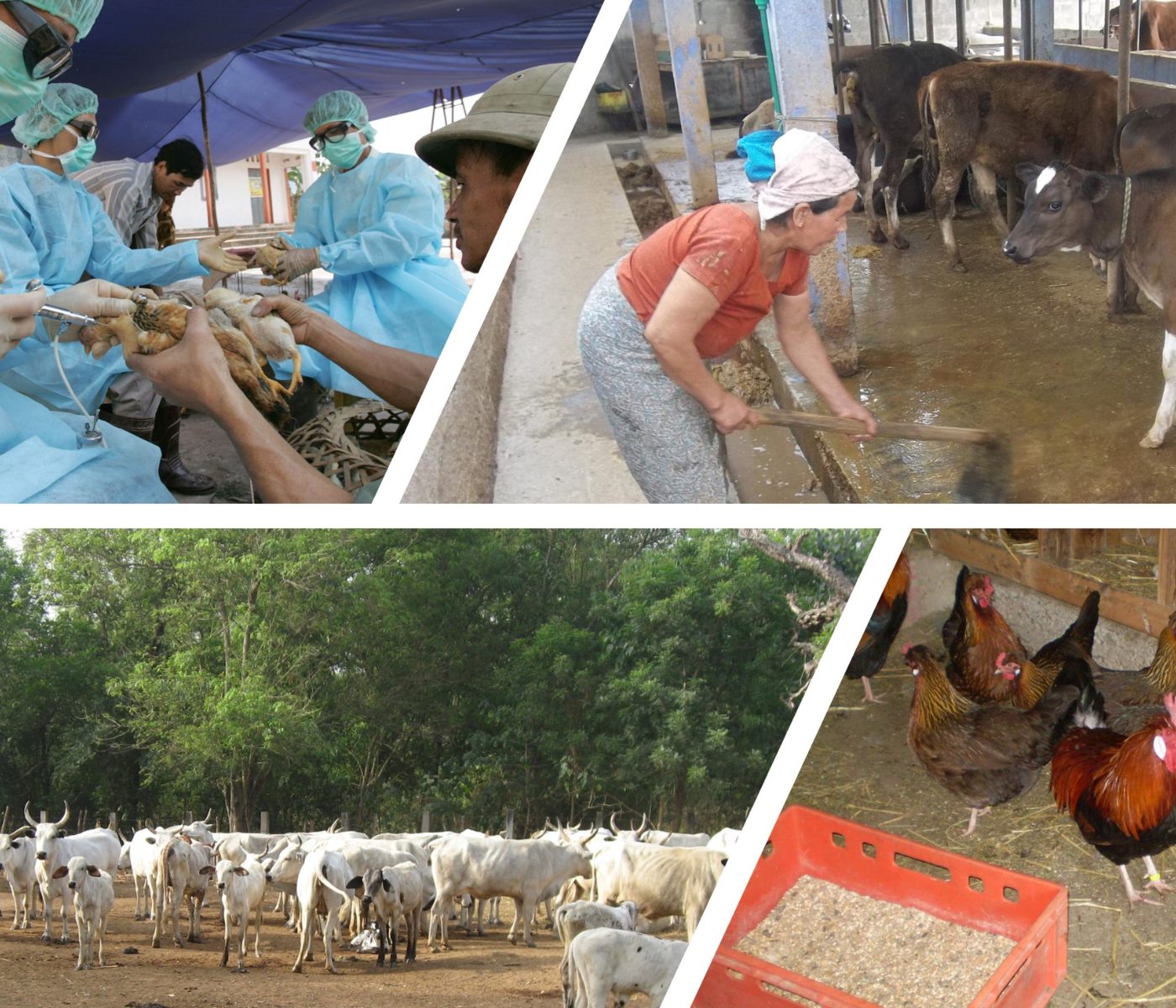 07 Feb 2024
07 Feb 2024
AMR and its implications for Public Health
Antimicrobial resistance (AMR) poses a significant threat to global public health, with studies highlighting the crucial role of animal agriculture in fueling its emergence and spread. Recognized as a pressing issue by the World Health Organization (WHO), AMR contributes to an estimated annual loss of 0.7 million lives and substantial economic damage. A staggering 73% of antibiotics are utilized in animal health and production sectors worldwide, serving as a primary catalyst for the proliferation of AMR.
Understanding the animal production context in Southeast Asia
Southeast Asia’s food animal production is undergoing a transition towards more intensive systems, leading to increased reliance on antimicrobials to enhance animal health and productivity. However, this intensification exacerbates the challenge of AMR, as highlighted by WHO’s designation of certain classes of antibiotics as Critically Important Antibiotics (CIA), Highly Important Antibiotics (HIA), and Important Antibiotics (IA) for judicious use in human and veterinary medicine. Despite WHO’s guidelines, surveillance for AMR and antimicrobial use (AMU) in animal production and aquaculture sectors remains limited in Southeast Asian countries.
Addressing a complex scenario
To address this gap, a comprehensive literature review spanning from 2011 to 2020 was conducted for eleven WHO member countries in the South-East Asia Region (SEAR). This review aimed to assess the extent of antibiotic use and resistance in Southeast Asia and its implications for food safety and public health. From an initial pool of 1190 publications, 108 studies were deemed relevant and included in the review, originating from seven countries in the WHO South-East Asia Region.
Literature Review Insights
Findings from the review revealed diverse antibiotic usage patterns across different countries and production types. For example, in Bangladesh, the majority of antibiotic use in poultry production was for prophylaxis, with colistin being the most commonly used antibiotic. Similarly, in India, antibiotics such as ciprofloxacin and nalidixic acid were frequently utilized in poultry farms, often for therapeutic purposes and growth promotion. Aquaculture also witnessed significant antibiotic usage, primarily for disease control.
Persistent Challenges
Despite efforts to curb antimicrobial misuse, challenges persist. Farmers often justify antibiotic use for disease prevention and productivity enhancement, leading to widespread misuse of antimicrobials in food animals. Strengthening judicious animal health services, raising farmer awareness, and promoting alternatives to antibiotics are essential steps in mitigating the emergence and spread of AMR in Southeast Asia’s food animal production.
In conclusion, combating antimicrobial resistance requires concerted efforts from governments, international organizations, researchers, and local communities. Establishing a robust and harmonized regional framework for monitoring and regulating antimicrobial use, promoting alternatives to antibiotics, and fostering international partnerships within the “One Health” context are essential for effectively addressing this pressing global health challenge in Southeast Asia and beyond.
Subscribe now to the technical magazine of animal nutrition
AUTHORS

Nutritional Interventions to Improve Fertility in Male Broiler Breeders
Edgar Oviedo
The Use of Organic Acids in Poultry: A Natural Path to Health and Productivity
M. Naeem
Synergistic Benefits of Prebiotics and Probiotics in Poultry, Swine, and Cattle
Gustavo Adolfo Quintana-Ospina
Hybrid Rye Potential in Laying Hen Feed Rations
Gwendolyn Jones
A day in the life of phosphorus in pigs: Part I
Rafael Duran Giménez-Rico
Use of enzymes in diets for ruminants
Braulio de la Calle Campos
Minerals and Hoof Health in the Pregnant Sow
Juan Gabriel Espino
Impact of Oxidized Fats on Swine Reproduction and Offspring
Maria Alejandra Perez Alvarado